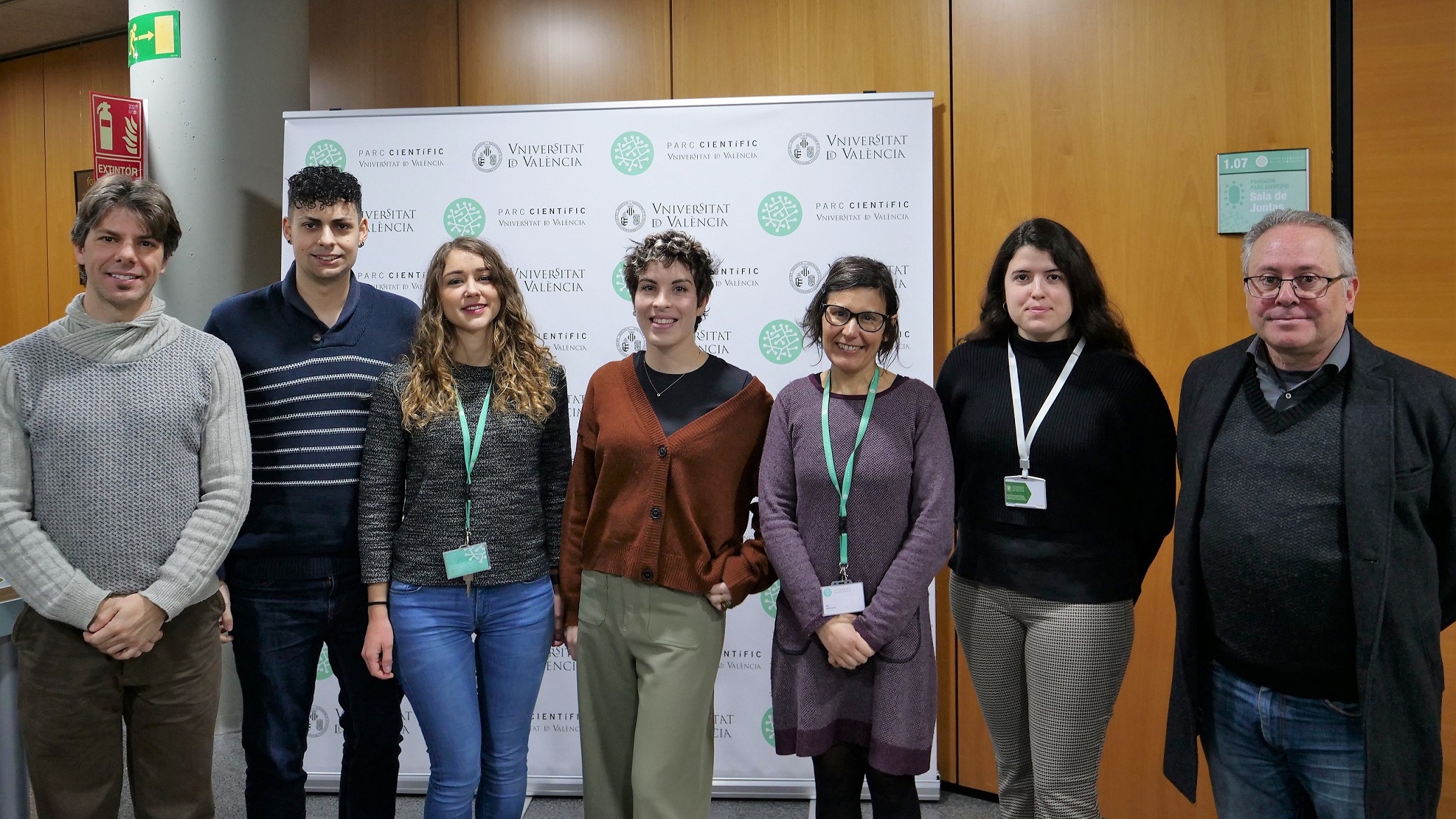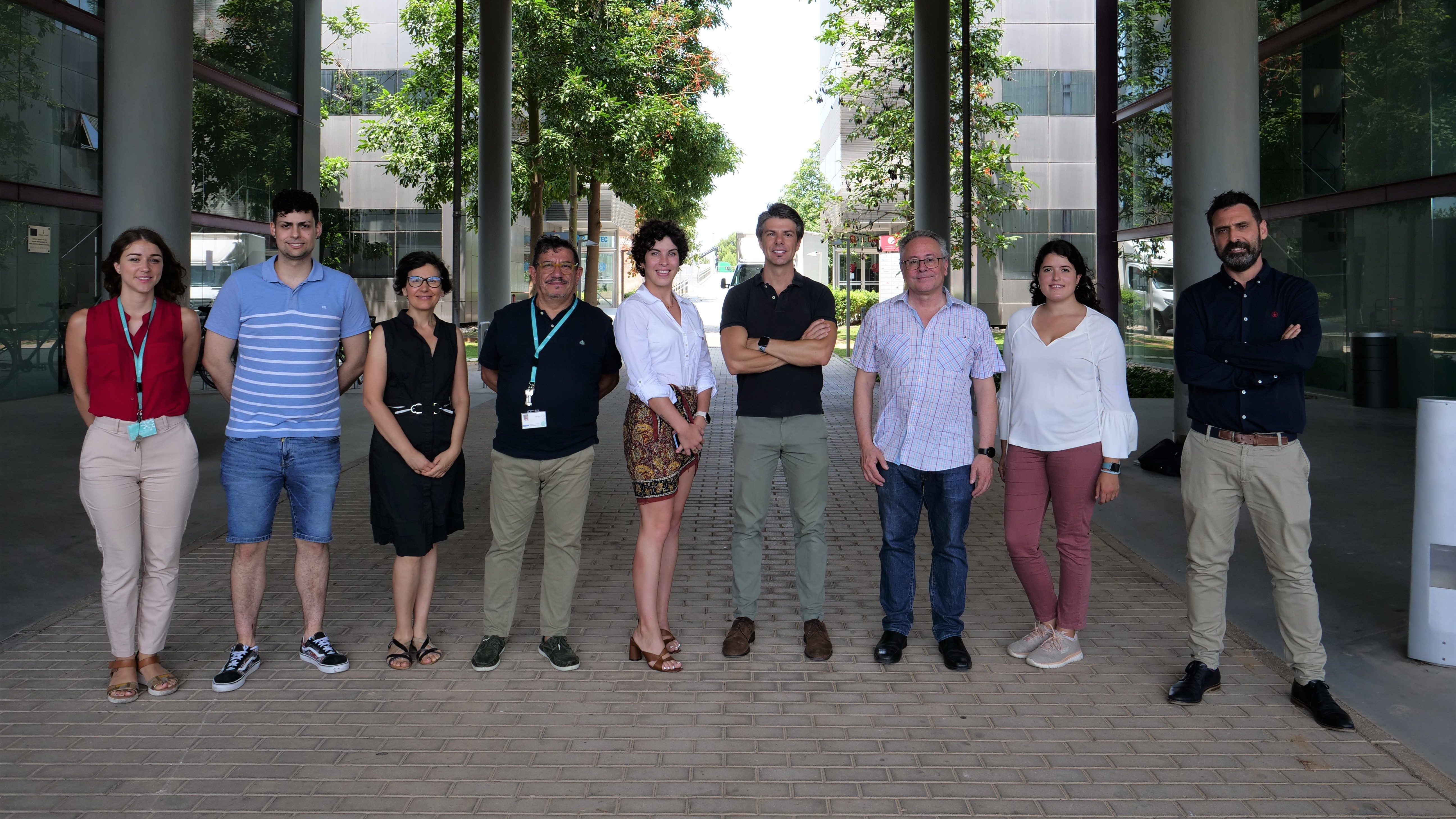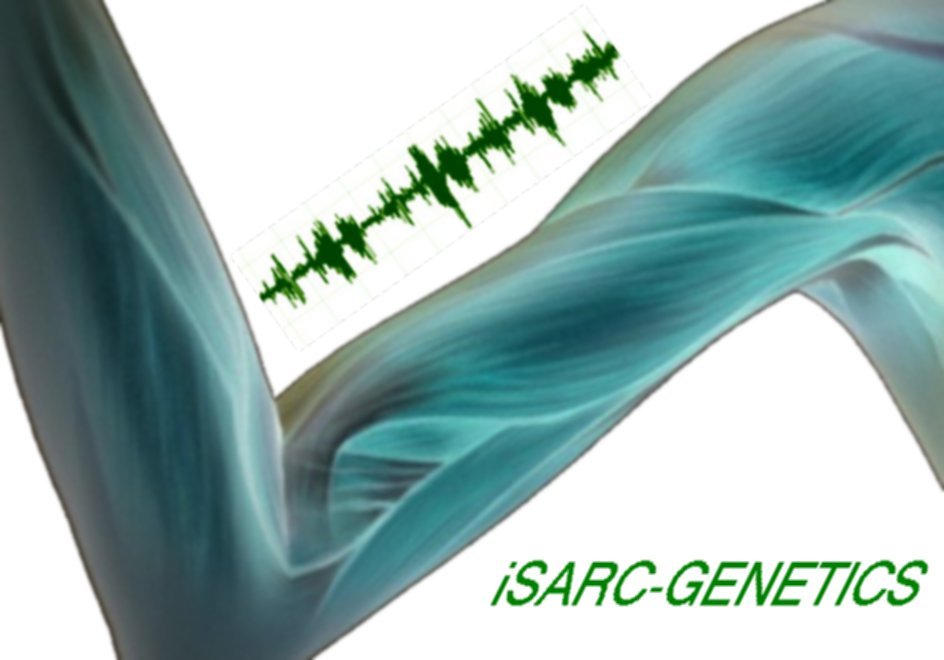Intelligent platform for early detection, helps in the diagnosis and monitoring of Sarcopenia
[/wptab]
In the first phase, the project aims to develop algorithms to obtain advanced imaging indexes in order to study the correlation between the Muscle Architecture Parameters (MAP), (muscle thickness, muscle cross-sectional area, muscle penation angles, muscle fascicle length, muscle eco-intensity, and muscle volume). For this purpose, quantification of ultrasound imaging in sarcopenia was performed to measure muscle quantity and quality, and to identify muscle wasting, with different genetic variants of the musculoskeletal system oriented to personalized patient care. All these indices are combined and analyzed in an innovative platform that includes Artificial Intelligence (AI)-based algorithms that facilitate early detection of sarcopenia and continuous monitoring of sarcopenic patients.
In the next phase, the iSARC-GENETICS project addresses the development and validation of a new generation of smart wearable system (wearable ultrasound) based on a new technology of rigid-flexible Ultrasound Transducer (US) and sEMG sensor (surface electromyography) integrated in polymeric and/or textile substrate («patch» type), which allows remote monitoring of patients in their personalized treatment and continuous care.
OBJECTIVE
The research and development of an innovative technology and wearable ultrasound system for the diagnosis and intelligent control of sarcopenia, to improve the quality of life of patients, and generalize it through a cost-efficient solution that provides access to this type of solution to the health ecosystem, with high barriers to entry at present.
With this objective, the project, with the financial support of the Valencian Agency of Innovation, is developed collaboratively by: Dawako, which will place emphasis on the development of ultrasound devices and the intelligent platform, Sabartech dedicated to the study of genetic markers of the disease, CoMMLab (University of Valencia) that will place emphasis on the treatment of information «in the cloud» and Ci2B (Polytechnic University of Valencia) that will dedicate its efforts to the development of the device and sensorization, in its area of electromyographic signals (EMG), and its subsequent processing.
NEWS

An innovative cloud-based platform that includes automatic image analysis and processing systems, together with models based on Artificial Intelligence (AI) and Machine Learning algorithms, to facilitate the early detection of muscle mass loss, changes in muscle quality and texture linked to Primary Sarcopenia (age-related sarcopenia). It is of central interest to geriatricians, nutritionists, endocrinologists and other professionals providing care to the elderly, who favor continuous monitoring and follow-up of patients with confirmed sarcopenia, and personalized patient care. And also for the case of Secondary Sarcopenia due to its importance as a side effect in chronic diseases such as congestive heart failure, or obstructive pulmonary disease, cancer, chronic kidney disease, diabetes, etc.
The processing of ultrasound images by means of quantitative imaging biomarkers generates indexes that link Muscular Architecture Parameters (MAP), Echo-Intensity, and Texture, with different genetic variants of the musculoskeletal system that may present a predisposition to Sarcopenia.
The images and Biomedical Signals acquired through a new generation of smart wearable system (wearable ultrasound) developed in the project, is based on a new technology of rigid-flexible Ultrasound Transducer (US) and sEMG sensor (surface electromyography) integrated in polymeric and/or textile substrate («patch» type), which will allow remote monitoring of patients in their personalized treatment and continuous care.
Based on the treatment of genetic results obtained from the genetic screening and validation process, a panel of 84 genetic variants comprising 63 different genes involved in the predisposition to the development and severity of sarcopenia and associated phenotypes has been extracted.





